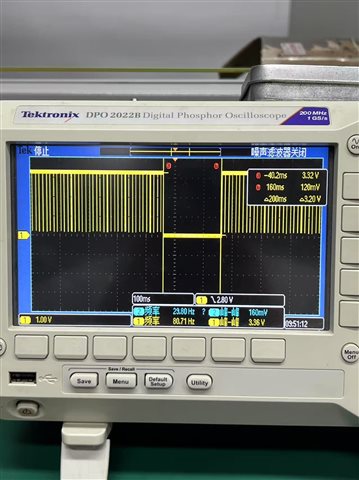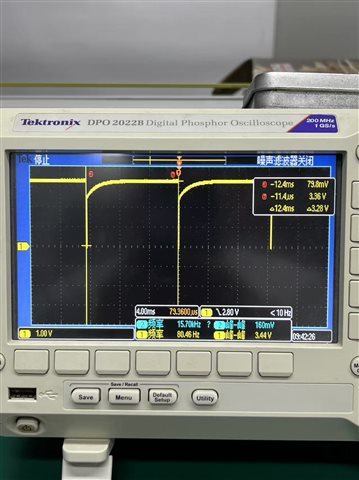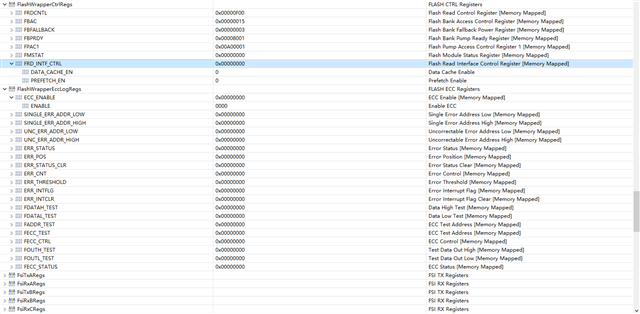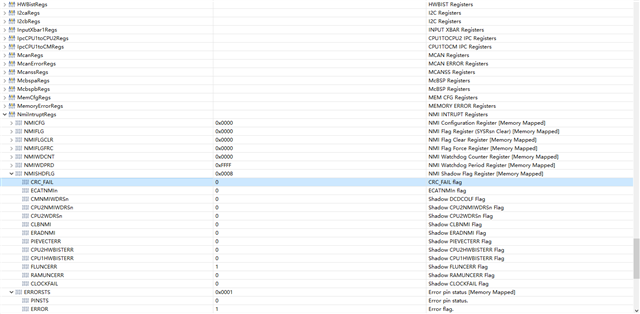Hello, currently there is a problem. When in the Flash/USB BOOT boot mode, after the chip is powered on, without any external control, the chip frequently resets, resulting in the program being unable to continue running. After reprogramming the faulty board with the same program, the malfunction disappeared. When the program of the faulty board card was copied to other identical board cards, the fault could not be reproduced. Currently, it is suspected that there were certain issues during the period from the BOOT-RAM stage to the user program stage that led to this failure. Could you please explain how to conduct the fault investigation in this situation?
The following is the output state of the reset pin on the chip after it is powered on.







